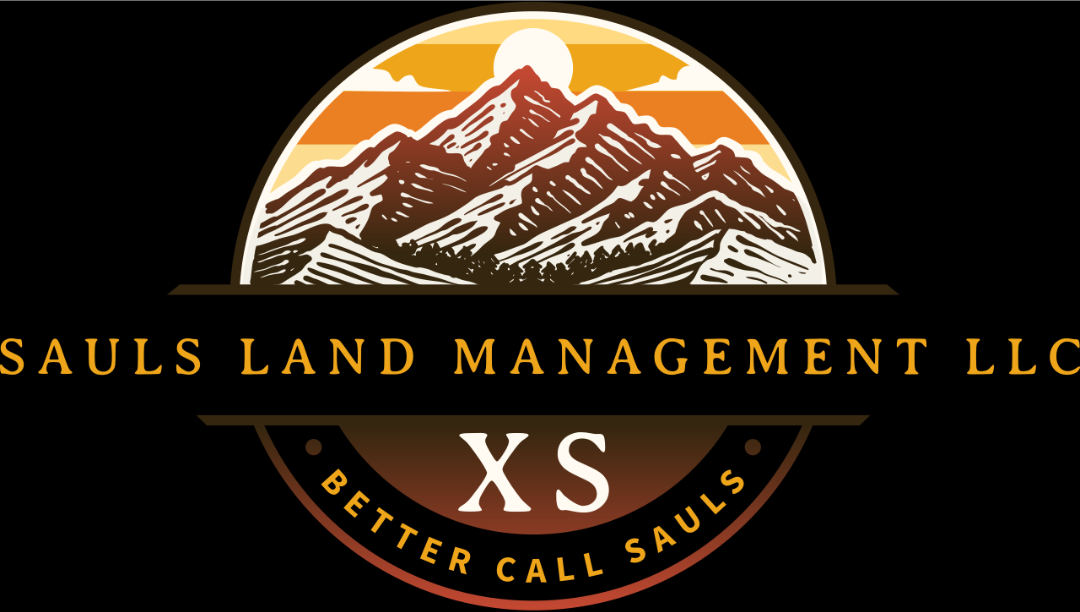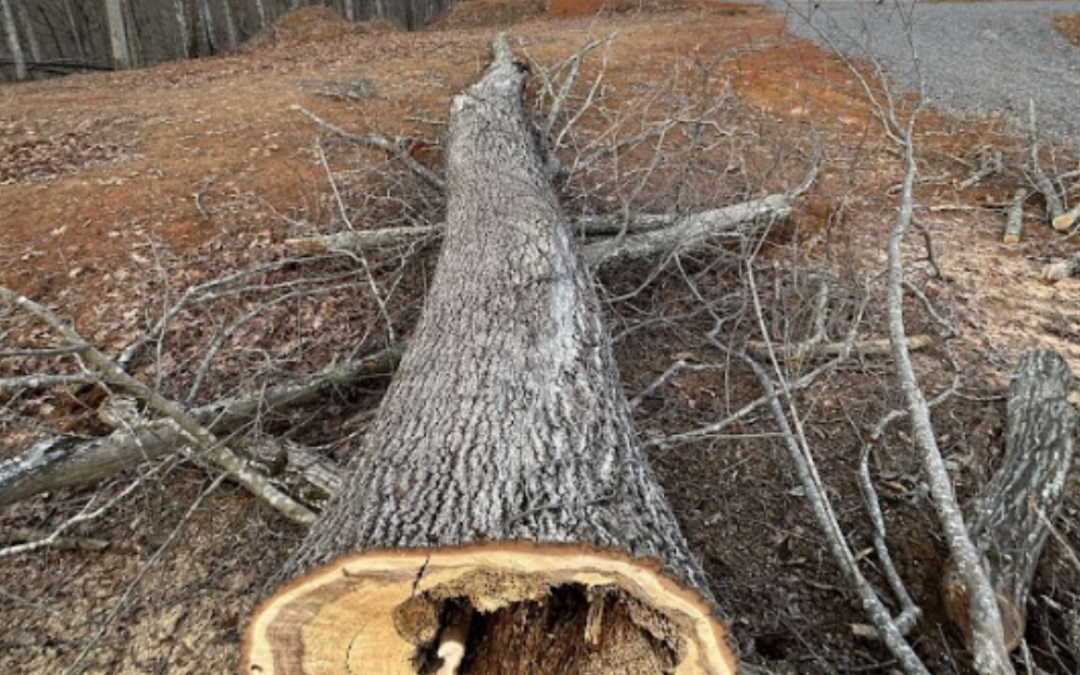Regular tree maintenance is essential for keeping your trees healthy, safe, and visually appealing. The frequency of care depends on the tree species, age, location, and environmental conditions. Whether it’s pruning, fertilizing, or disease prevention, professional tree care ensures your trees thrive year-round. Here’s a guide to how often trees should be maintained.
Table of Contents
1. Pruning and Trimming Schedule
Pruning is crucial for tree health, shaping, and preventing hazards. The timing and frequency depend on the tree type and its condition.
- Young Trees: Prune every 1 to 2 years to establish a strong structure.
- Mature Trees: Trim every 3 to 5 years to remove dead or weak branches.
- Fruit Trees: Annual pruning ensures better fruit production.
- Evergreens: Typically need little pruning unless shaping is required.
Overgrown or storm-damaged trees may need immediate trimming. Contact Saul’s Land Management LLC for expert tree trimming services.
2. Fertilizing and Soil Care
Nutrient-rich soil supports tree growth and disease resistance. Depending on soil quality, trees may need fertilization:
- Young Trees: Fertilize twice a year (spring and fall) for strong root development.
- Mature Trees: Apply fertilizer annually to maintain vigor.
- Stressed or Weak Trees: May require extra nutrients based on professional recommendations.
Soil aeration and mulching also help trees absorb nutrients more effectively. A tree care specialist can determine the best fertilization schedule for your landscape.
3. Tree Health Inspections
Regular tree inspections help identify potential problems before they become serious.
- Self-Inspection: Check trees seasonally for signs of disease, pests, or damage.
- Professional Inspection: Schedule a tree health assessment annually for expert diagnosis.
- Post-Storm Checkup: After severe weather, inspect trees for cracks, broken branches, or leaning trunks.
If you notice unusual leaf discoloration, bark damage, or signs of decay, call Saul’s Land Management LLC at 865-280-0428 for a professional evaluation.
4. Pest and Disease Control
Tree pests and diseases can spread quickly if not addressed in time.
- Routine Monitoring: Check for pests and fungal infections every few months.
- Preventative Treatments: Some trees require seasonal treatments to prevent infestations.
- Disease-Prone Trees: May need additional care based on local environmental factors.
Tree care experts can provide targeted treatments to keep your trees pest-free and thriving.
5. Emergency Tree Maintenance
Unexpected weather conditions, disease outbreaks, or falling limbs may require immediate action.
- After a Storm: Inspect trees for structural damage and remove hazardous limbs.
- Leaning or Unstable Trees: Should be assessed and addressed right away.
- Large Broken Branches: May require emergency pruning to prevent further damage.
Keep Your Trees Healthy and Safe Year-Round
Routine tree maintenance is key to preserving the beauty and safety of your landscape. By inspecting trees annually, pruning every few years, and acting quickly in emergencies, you can prevent costly damage and prolong your trees’ lives. If you’re unsure about the condition of your trees, schedule a consultation with Sauls Land Management LLC today. Call (865) 280-0428 or visit Sauls Land Management LLC to book your tree maintenance service!

